Britain starts construction of its final Dreadnought class nuclear submarine
- By Stavros Atlamazoglou
Share This Article
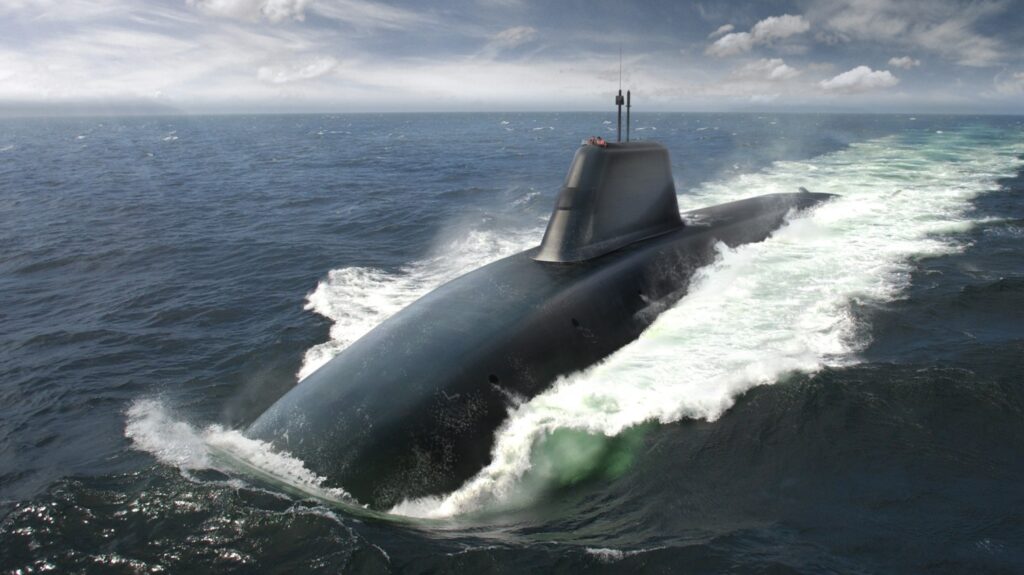
The Royal Navy is modernizing its submarine fleet with the addition of four new nuclear-powered submarines that will also carry nuclear warheads.
The Dreadnought class submarines promise to bring the Royal Navy’s nuclear attack capabilities in line with those of allies and adversaries.
Nuclear-powered and nuclear-equipped submarines
The Royal Navy plans for four vessels (HMS Dreadnought, HMS Valiant, HMS Warspite, and HMS King George VI). All of the vessels are at different phases of construction, with the lead ship of the class, the HMS Dreadnought, expected to be operational in the early 2030s.
Earlier this year, in March, the Royal Navy laid the keel of the HMS Dreadnought, the lead submarine of the class.
The latest vessel of the group had its steel cut this week. British Secretary of Defence John Healy oversaw the ceremonial cutting of steel – which marks the start of construction – for the fourth and final submarine of the Dreadnought class, the HMS King George VI.
The four new subs will replace the existing Vanguard class vessels that have been in service since the 1990s and that carry the U.K.’s maritime nuclear deterrent. They will also take over the Vanguard class in conduction Operation Relentless.
The Royal Navy has been conducting Operation Relentless since 1969, marking it as the longest-standing mission in its history. As part of the operation, there is always a submarine carrying nuclear warheads sailing under the waters ready to launch its deadly payload in the event of a nuclear conflict.
Submarines for the future
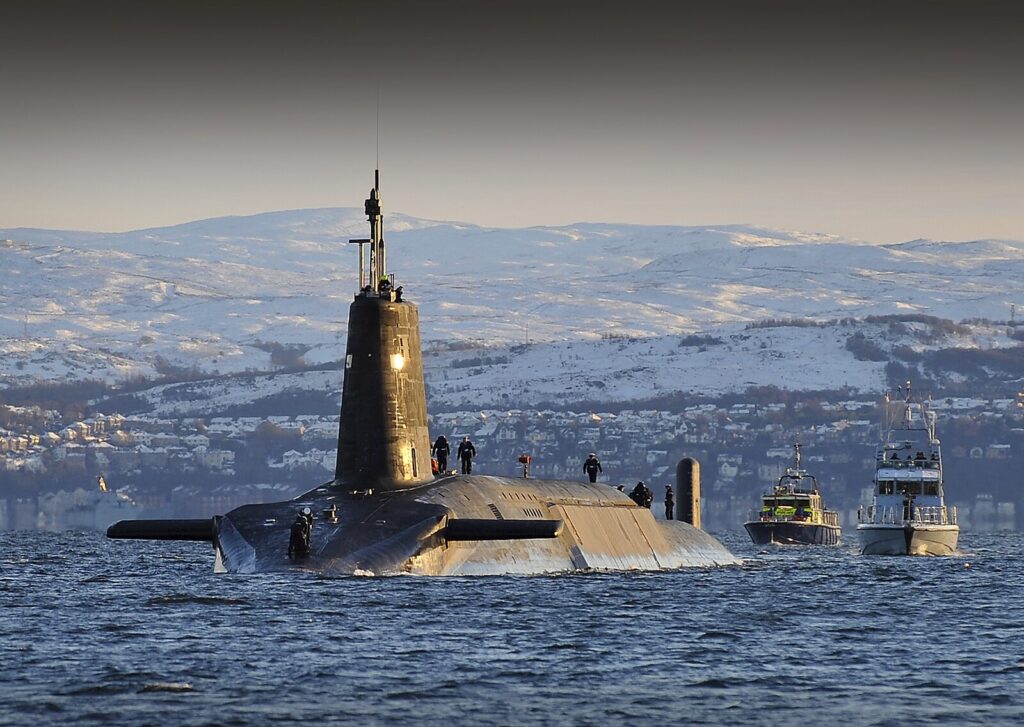
The Dreadnought class subs will be over 500 feet long and will come with a displacement of over 17,000 tons. Each vessel will have a crew of approximately 130 officers and sailors. The submarines will be powered by a Rolls-Royce nuclear propulsion system, the Pressurized Water Reactor 3 (PWR3), and will be able to cruise at 20 nautical knots (approximately 23 miles per hour).
The new submarines will be powered by nuclear energy, meaning that they will have an unlimited operational range and only have to make port to restock food and replenish ammunition.
“Entering service from the early 2030s, the Dreadnought Class will provide the next generation of the UK’s nuclear deterrence patrol submarines, ensuring the nation’s security for decades to come. They will be the most technically advanced submarines ever operated by the Royal Navy,” the British Ministry of Defence stated about the new submarines.
Further, the Dreadnought class subs will incorporate artificial intelligence and advanced sensors to align with advances in technology and warfare.
The four submarines of the class will carry four 533mm heavy torpedo tubes and 12 ballistic missile launch tubes for the Lockheed Trident II D5 Submarine-Launched Ballistic Missile. The Trident II D5 can take both a conventional and nuclear warheads. Thus, the submarines will be able to conduct both attack missions against enemy surface vessels and strategic strike missions with their ballistic missiles.
The name of the class carries a lot of weight in the tradition of the Royal Navy. The nuclear-powered subs take their name from HMS Dreadnought, which was the British military’s first nuclear-powered submarine and served between 1960 and 1980. There was also the HMS Dreadnought battleship that entered service in 1906 and revolutionized naval warfare in the years leading up to World War I. Overall, the Royal Navy has been naming ships Dreadnought for over 300 years.
Feature Image: Rendering of Dreadnought-class ballistic missile submarine. (Royal Navy)
Read more from Sandboxx News
- The Pentagon wants a highly capable nonlethal weapon for drug boat interdiction
- Russian Air Force increases violations of NATO airspace
- SWCC are the Naval Special Warfare’s elite boat operators
- F-22 achieves record-breaking shot with Raytheon’s newest AIM-120 missile
- Australia’s first collaborative combat aircraft is closer to full operational deployment
Related Posts
Sandboxx News Merch
-

‘Sandboxx News’ Dad Hat
$27.00 Select options This product has multiple variants. The options may be chosen on the product page -

‘AirPower’ Golf Rope Hat
$31.00 Select options This product has multiple variants. The options may be chosen on the product page -

A-10 ‘Thunderbolt Power’ Poster
$22.00 – $28.00Price range: $22.00 through $28.00 Select options This product has multiple variants. The options may be chosen on the product page
Stavros Atlamazoglou
Greek Army veteran (National service with 575th Marines Battalion and Army HQ). Johns Hopkins University. You will usually find him on the top of a mountain admiring the view and wondering how he got there.
Related to: Military Affairs
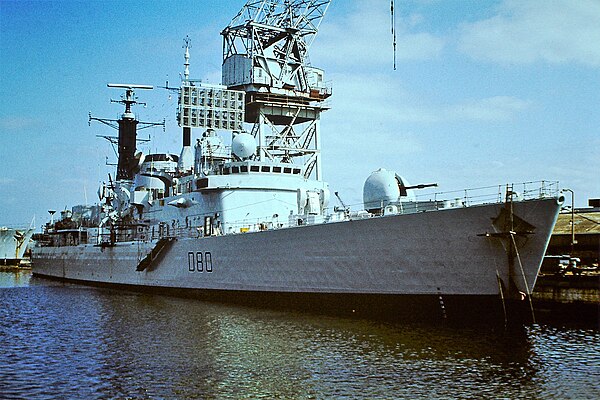
How the Argentinians took out a British warship
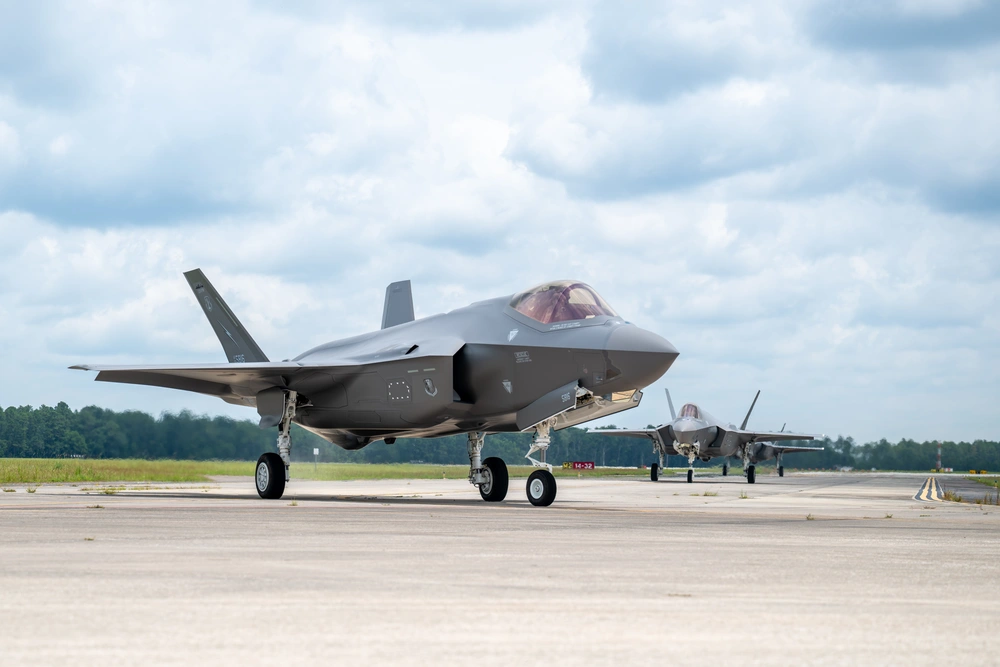
Air Force now has 500 F-35 stealth jets in service

Russian military culture doesn’t care about suffering tremendous casualties to gain ground
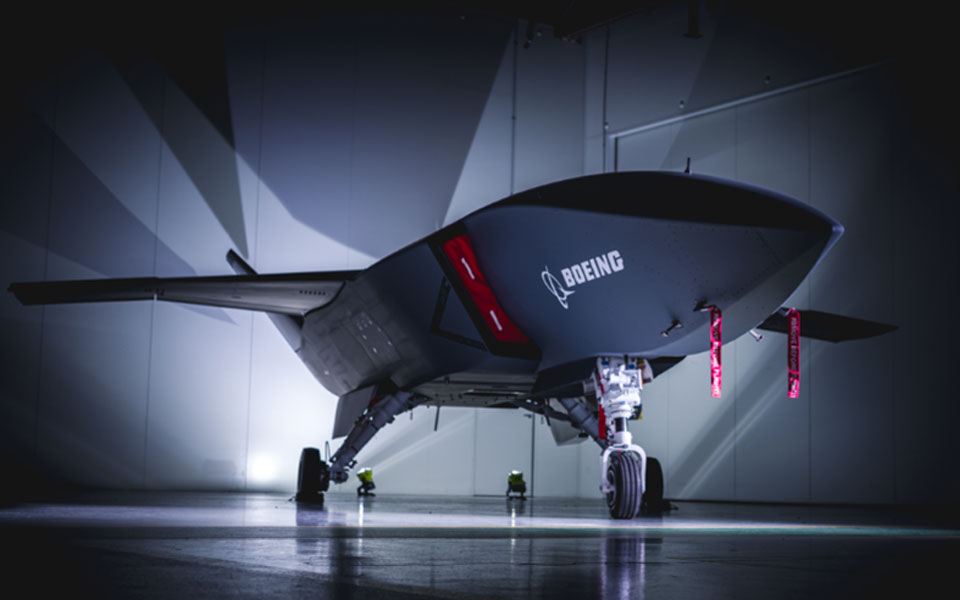
Australia’s first collaborative combat aircraft is closer to full operational deployment
Sandboxx News
-

‘Sandboxx News’ Trucker Cap
$27.00 Select options This product has multiple variants. The options may be chosen on the product page -

‘AirPower’ Classic Hoodie
$46.00 – $48.00Price range: $46.00 through $48.00 Select options This product has multiple variants. The options may be chosen on the product page -

‘AirPower’ Golf Rope Hat
$31.00 Select options This product has multiple variants. The options may be chosen on the product page -

‘Sandboxx News’ Dad Hat
$27.00 Select options This product has multiple variants. The options may be chosen on the product page
